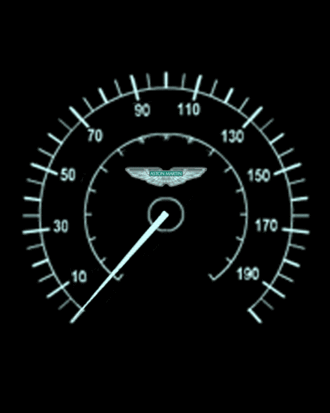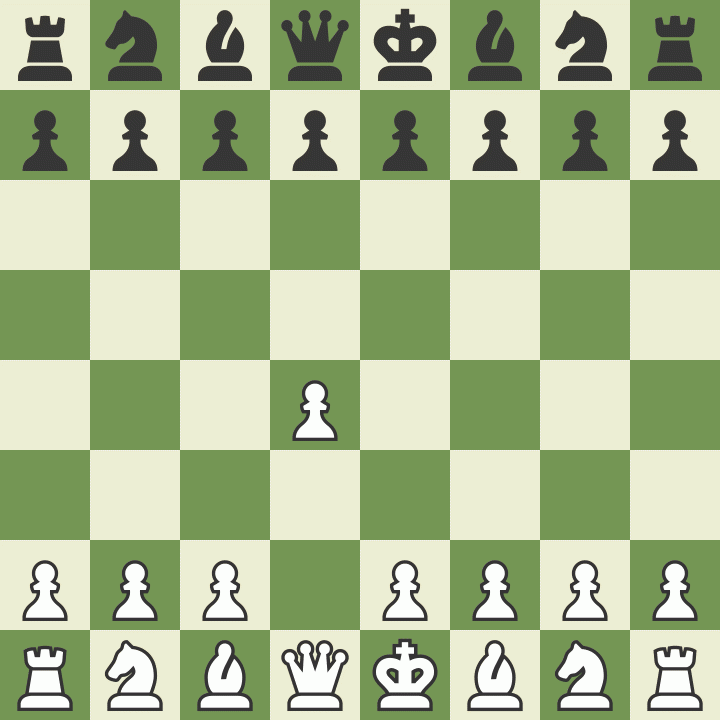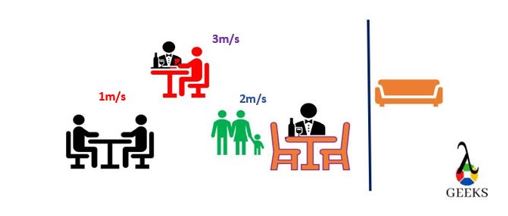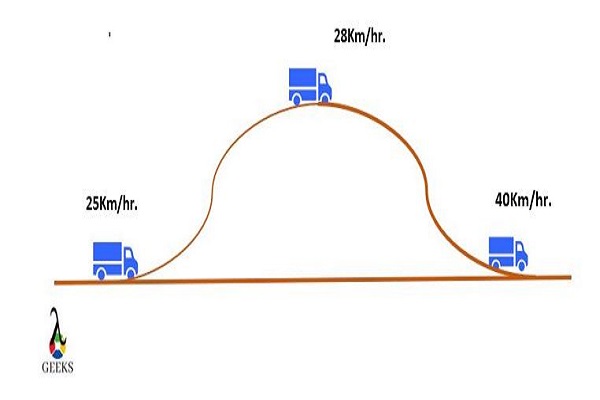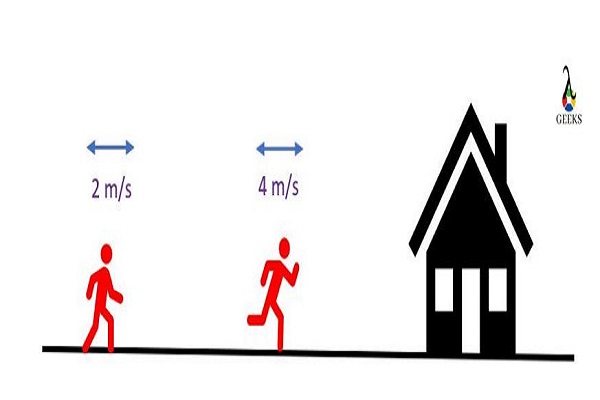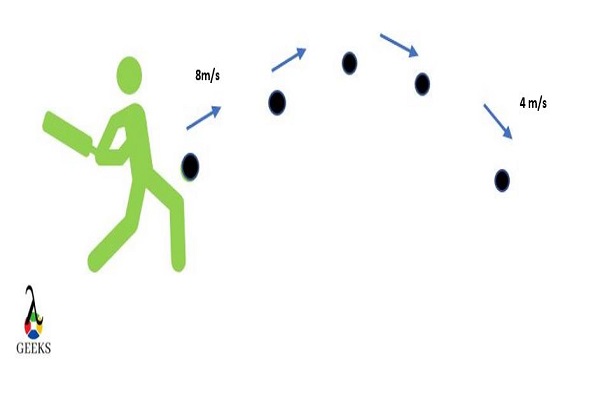A reaction in which the conversion of reactants to products and vice-versa co-occur is known as a reversible reaction.
Mainly chemical change is irreversible, but various chemical reactions are reversible. One such easiest example of chemical change which is reversible is the Haber process.
In this segment, we will learn about various example of chemical change which is reversible.
List of Contents
The reaction between Copper Sulphate and Water
Copper sulphate exists in different colors with and without the presence of water; here, we will take the example of blue copper sulphate, which is hydrated and thus emits the color blue. When the hydrous copper sulphate and water are separated, copper sulphate becomes anhydrous, which simply means without water. This happens with the help of heating.
The crystal lattice surface of blue copper sulphate is surrounded by water molecules, these water molecules get banished as vapor when heated, and copper sulphate turns into a white solid.
Let’s have a look at the chemical reaction for the same:


Pentahydrate and Anhydrous Copper (II) Sulphate
Image Credit: Wikipedia
This reaction between copper sulphate and water is an excellent example of chemical change which is reversible.
The reaction between Bismuth Oxychloride and Hydrochloric Acid
BiOCl – known as Bismuth (III) Oxychloride is dissolved in concentrated Hydrochloric acid, which yields Bismuth (III) Trichloride (BiCl3) and water.
The reaction is given as:

When BiOCl is dissolved on HCl, a clear solution is formed, which means that the reaction is proceeding to the right side. When water is poured into this solution, a white precipitate is created, which means that the reaction is preceding back to the left side and BiOCl is yielded. When concentrated HCl is added to this solution, the reaction will proceed to the right side, producing BiCl3.
This process can be repeated several times until equilibrium is attained. It is a concentration based example of chemical change which is reversible.
The reaction between Carbon and Water to manufacture Hydrogen
To obtain Hydrogen in pure form, water in gaseous form or rather steam, which consists of hydrogen, is made to react with carbon.

There are various ways to separate hydrogen from a mixture of H2 and CO, both in gaseous form.
To describe a few, one can be to heat this mixture at temperatures around -200°C. At this temperature, carbon monoxide will be liquefied and can easily be separated from hydrogen.
Another method can be to heat this mixture in the presence of iron. Carbon monoxide will react with iron and form rust, thus making it easy to carry off hydrogen.
Read more on Is Chemical Change Reversible
Formation of Zinc from Zinc Oxide
Carbon monoxide is made to react with zinc oxide. In this reaction, Carbon Monoxide will act as a reducing agent, which means that it will reduce oxygen from the subsequent reactant. As a result, we get zinc in solid form and Carbon Dioxide in gaseous form, making it easier to extract zinc.

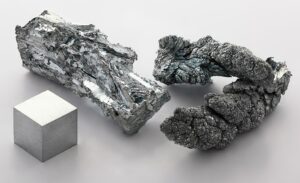
Image Credit: Wikipedia
Note:- The image provided above is just for reference and does not necessarily mean that zinc will appear to be like that when extracted.
Read more on Zinc Oxide
The mixture of gaseous Hydrogen and vaporized Iodine
To obtain high purity samples of hydrogen iodide, a mixture of hydrogen and iodine, both in gaseous form, is heated at high temperatures around 443°C in a closed vessel for 2-3 hours. As a result, we obtain hydrogen iodide. When the mixture is heated again after the formation of hydrogen iodide, in the same manner, it decomposes back to gaseous hydrogen and gaseous iodine.
The reaction for the same is given as:

Initially, two iodine atoms dissociate and get attached on the side of two hydrogen atoms, and the bond looks somewhat like this: I—H—H—I, but as we know that hydrogen has only one valency to fulfill its outer shell, it will immediately break the bond with another hydrogen and form bond with iodine to become hydrogen iodide. This process happens in a fraction of microseconds, and it is difficult to capture the intermediate process.
Formation of Sulphur Trioxide from Sulphur Dioxide
Sulphur is found in the atmosphere, in rocks, in plants and innumerable other places. Oxygen – as we all know, is present in the environment, mainly in the air that we breathe. Thus, the reaction of sulphur with oxygen occurs naturally. When oxygen forms a bond with another element, that element is said to be oxidized, and hence the process is called oxidation.
So when sulphur is oxidized, it becomes sulphur dioxide. On further oxidation, it results in sulphur trioxide.
The forward reaction requires heat to process further, and thus, it is exothermic. When heat is provided, sulphur dioxide reacts with oxygen to form sulphur trioxide. Now, when the final product is kept down for cooling, sulphur trioxide will decompose into its original reactants. And hence, the reverse reaction is endothermic, as it emits the extra heat from the mixture.
The reaction for this process is given as:
Sulphur Dioxide(2SO2)+ Oxygen (O2) –> Sulphur Trioxide (2SO3)
Read more on Sulphur Trioxide
Note:- All the reactions mentioned in this article are performed either in industries or in research laboratories under expert supervision and thus the readers are advised not to perform without the expert.
There are countless other example of chemical change which is reversible, but the reversible chemical change is difficult to be observed in regular life, unlike the irreversible chemical change.
Also Read:
